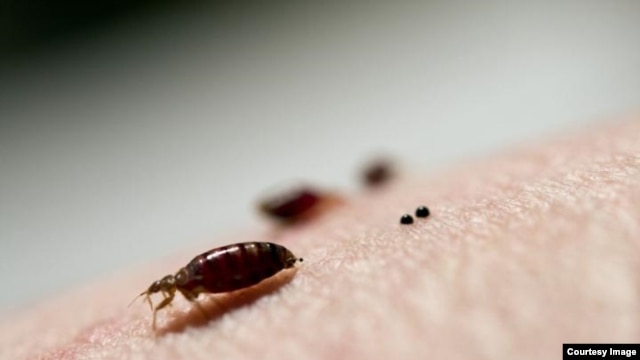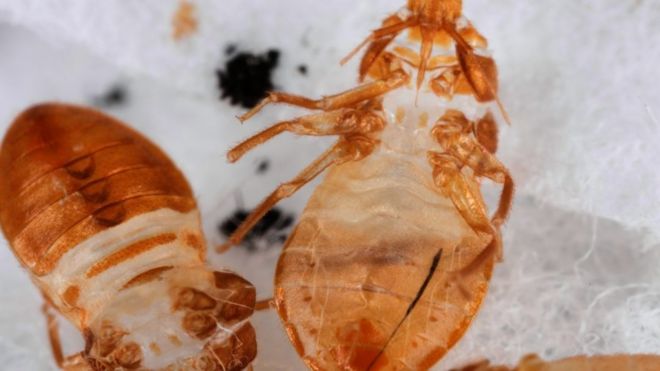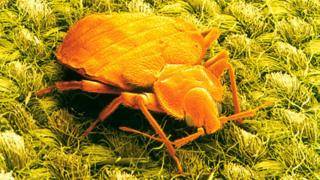William Joyce
Chemotherapy for PC
http://www.nydailynews.com/news/2007/12/30/2007-12-30_bedbug_epidemic_attacks_new_york_city.html
A surge in global travel and mobility in all socioeconomic classes, combined with less toxic urban pesticides and the banning of DDT created a perfect storm for reviving the critters, which had been virtually dormant since World War II, experts say.
A surge in global travel and mobility in all socioeconomic classes, combined with less toxic urban pesticides and the banning of DDT created a perfect storm for reviving the critters, which had been virtually dormant since World War II, experts say.




